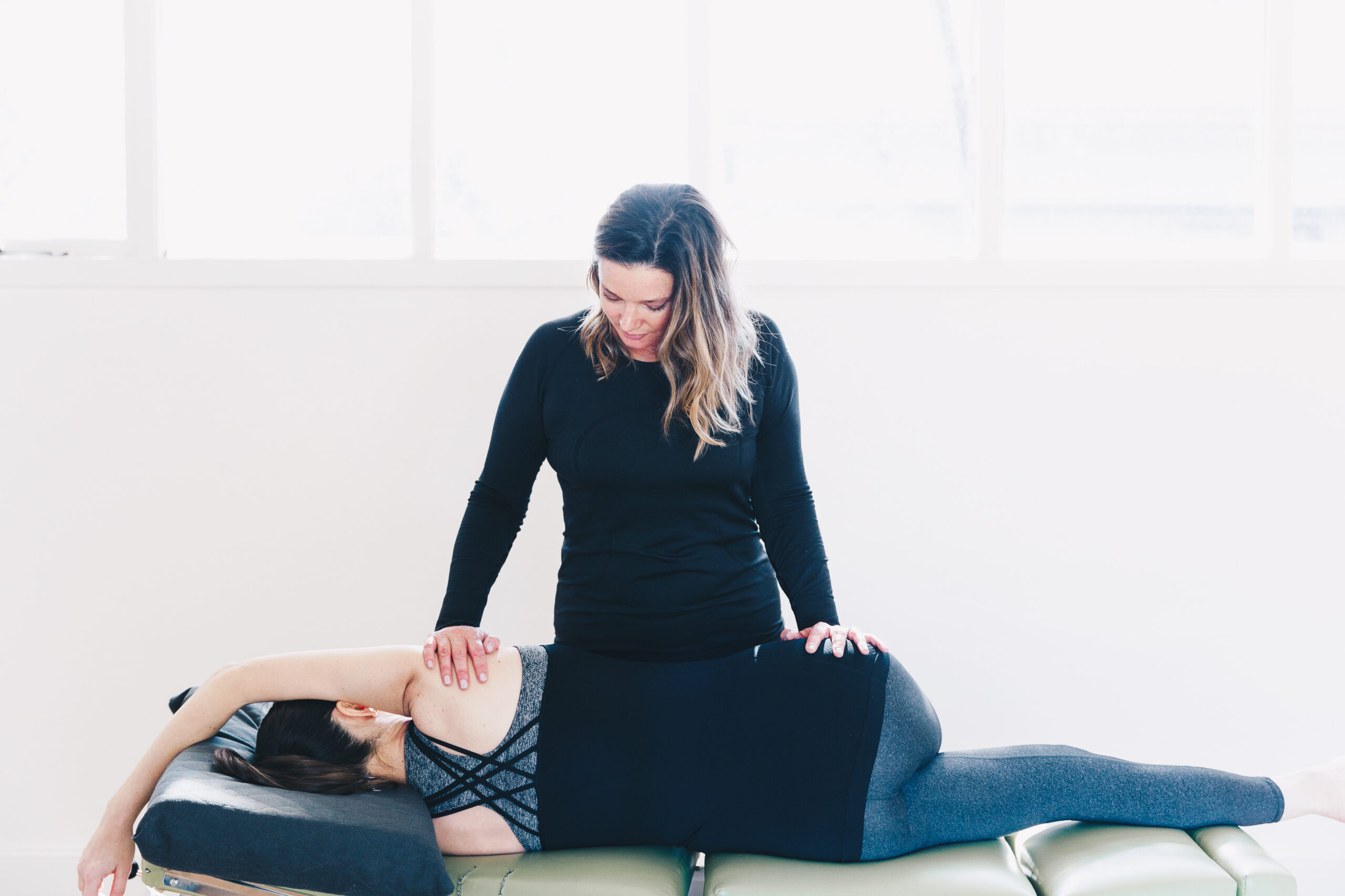Best Sleeping Position
for
Late Pregnancy
Speak to any pregnant woman and the biggest complaint of late pregnancy is not being able to find a comfortable sleeping position. This is completely understandable given that for many women the end of pregnancy has its fair share of discomforts, from an achy back, reflux, swollen ankles and generally running out of room in their belly as baby takes up more and more real-estate.
Thanks to research over the last decade or so, we now understand the importance of the sleep positions for mothers in late pregnancy. The position pregnant women sleep in has recently emerged as an important risk factor for still birth.
Women who report going to sleep on their backs after 28 weeks of pregnancy have an almost threefold increased risk of skill birth, (as reported by researchers at University of Sydney)
The current best advice is:
Sleep on your side from 28 weeks of pregnancy until your baby is born.
We know that when you lie on your back the weight of baby and uterus can compress the blood vessels and reduce blood flow and oxygen to the baby and can cause maternal hypotension. For some women this will cause a feeling of dizziness and nausea.
As a doula and a chiropractor, I regularly share the following advice for a better nights sleep:
-
Begin to sleep on your side in early pregnancy to create good habits. Research suggests it doesn’t matter so much if it is left or right side.
-
Pillows, pillows pillows!! Use a pillow between your knees and ankles – this will make side sleeping more comfortable. A pillow under your belly will ease pressure on your lower back too. A pillow behind your back may prevent you rolling onto your back.
-
Start the night on your side, you are more likely to remain or return to your side.
-
If you wake up on your back – don’t stress too much, just return to side sleeping.
-
Even for daytime naps – sleep on your side.
Find a chiropractor who can help you feel more comfortable in your pregnancy. Chiropractors use modified techniques to accommodate your growing bump and can help relieve hip pain, back pain, and neck pain.
References:
Back to basics: avoiding the supine position in pregnancy
J Physiol. 2017 Feb 15; 595(4): 1017–1018.
Published online 2017 Feb 15
5 ways to reduce the risk of Stillbirth – Opinion University of Sydney, written by Professor Jonanthan Morris and Dr Adrienne Gordon from University of Sydney and co-authors.





